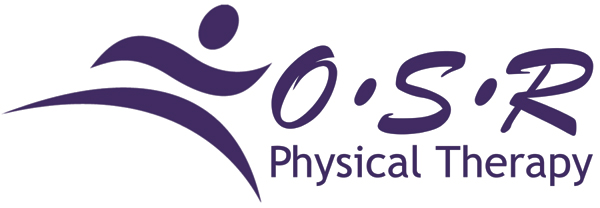Physical therapy is a profession that
is sometimes misunderstood. People hear or see things that portray the
profession in a certain way, which may or may not be completely accurate. Paul
Killoren and Austin Woods are two physical therapists out of Washington who
established their own physical therapy practice and also began an online blog
to assist in educating the public and promote the physical therapy profession.
In one of their blogs posted in January of 2013, they provided a further
insight into what it means to be a Doctor of Physical Therapy.
To begin with, they suggested everyone
take a look at a clip from the Dr. Oz Show that demonstrated “cutting edge
physical therapy techniques.” Although it is true that
ultrasound, Tiger Balm and a Bumpy Ball are types of modalities that may be
used as an adjunct to therapy, they do not represent the profession that is
physical therapy, nor is it what we provide as complete physical therapy care.
Although Dr. Oz attempts to provide temporary relief strategies, inferring that
physical therapy is a passive modality-based treatment is inaccurate.
In the effort to educate our current and future patients, as well as the
general public, Dr. Paul Killoren, PT, DPT and Dr. Austin Woods, PT, DPT
provide a great example of what we ARE as Physical Therapists.
We are Doctors – (4 year Bachelor’s degree) + (3 year Doctoral degree) = Doctor of Physical
Therapy. Here’s a crazy thought, from kindergarten to doctoral graduation
we have spent 22 years of our 29+ year life in school, (that is over 76%!)
We are musculoskeletal experts – A comprehensive study of healthcare providers found that
physical therapist knowledge of the musculoskeletal system is second only to
specialized orthopedic physicians.
We are movement specialists – Along with extensive knowledge of the musculoskeletal system, we
specialize in the kinesiology of our body as a dynamic and biomechanically
moving system functioning in synergy to perform everything from daily
activities to elite athletic competition.
We are direct access – In the state of Minnesota, you do not need a physician referral to see a
physical therapist! And in all states, physical therapists with their
doctorates are educated in differential diagnosis and can properly diagnose and
direct you to the appropriate healthcare provider if it falls outside our scope
of practice.
We are cost-effective - Numerous studies
show physical therapy is more effective and less expensive than medical care or
surgery with results lasting longer. Studies also show care is less expensive when going to a physical
therapist FIRST versus being referred from your physician. If you aren't sure where to begin, OSR offers complimentary 10 minute consultations to help you decide whether a visit to an MD is recommended, as well as some basic self-care recommendations.
We are still learning – Continuing education is constant focus and forms the foundation of our
evidence-enhanced practice. We utilize continuing education courses
throughout our entire life as a physical therapist, meaning we are always
advancing our knowledge and staying up to date on current best practice.
We are cutting edge – We are able to utilize manual therapy, trigger point, active release
therapy, and many more techniques. We use our hands to assist in
evaluation, diagnosis and intervention strategies through direct contact. No
ultrasound, Tiger Balm, or Bumpy Ball can provide us with the information that our
hands can tell us.
For some of you this is common knowledge, but unfortunately, for many of
the general public these ‘basics’ are new to them. If you are someone who
has had physical therapy and this isn’t new, then forward it to someone you
have heard complaining of aches and pain who may not know about the care that a
physical therapist is able to provide to them. If this is new to you,
then next time you have musculoskeletal pain (back pain, knee pain, shoulder
pain, neck pain, etc), you can now understand what it is that a physical
therapist can offer and seek out their care to assist you in getting back to a
normal, healthy lifestyle.
This has been adapted from:
· Killoren P, Woods A. 2013, Jan. I am a
doctor of physical therapy. Doctors of
Physical Therapy: The Musculoskeletal Experts. Retrieved Jan. 21, 2013,
from http://doctorsofphysicaltherapy.wordpress.com/2013/01/16/i-am-who-i-am/
·
Mitchell JM, de Lissovoy G. A comparison of resource use and cost in
direct access versus physician referral episodes of physical therapy. Phys Ther. 1997;77(1):10-18.
Article submitted by Meaghan Cox, DPT. Meaghan practices at our EdenPrairie location.








